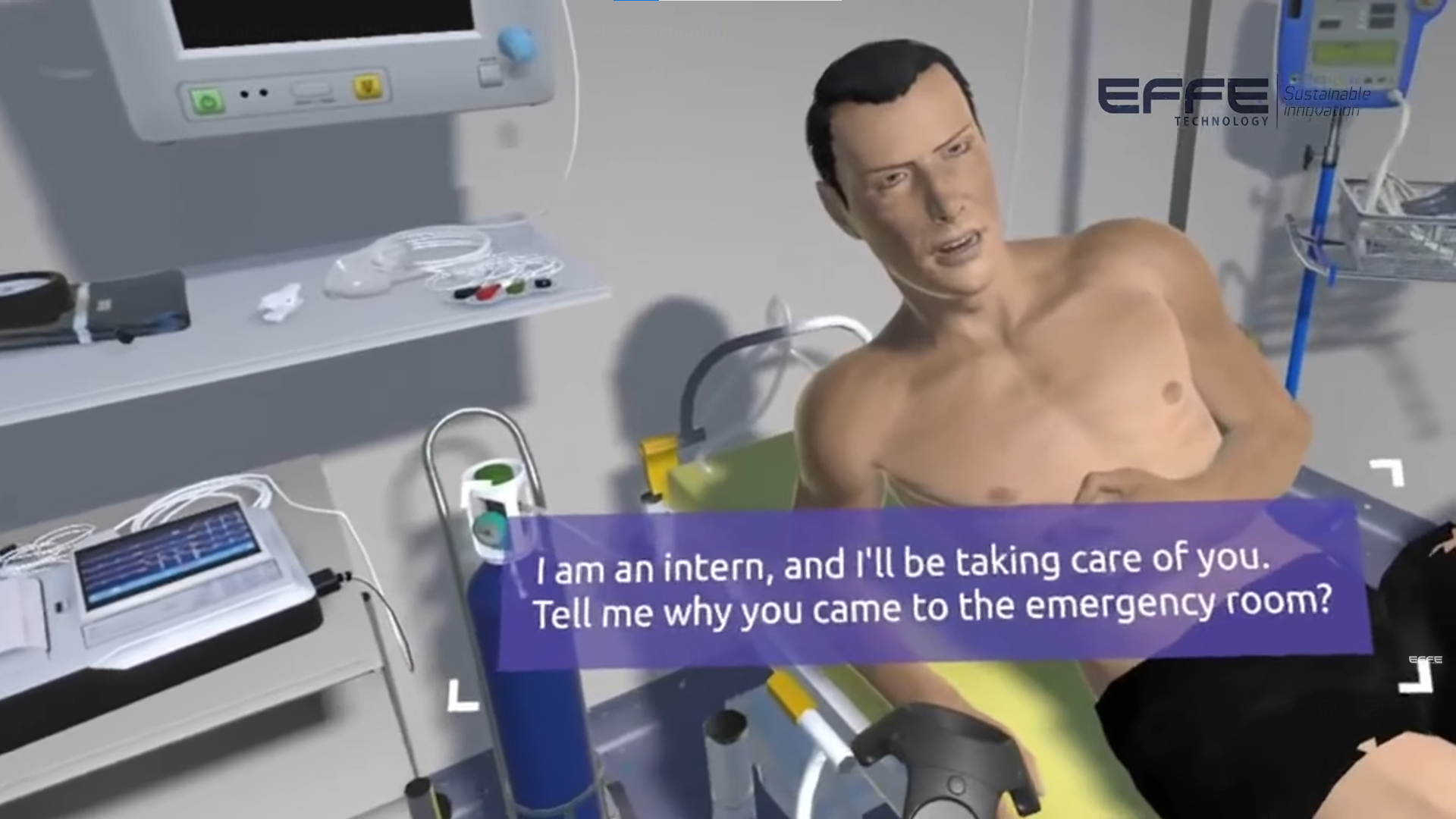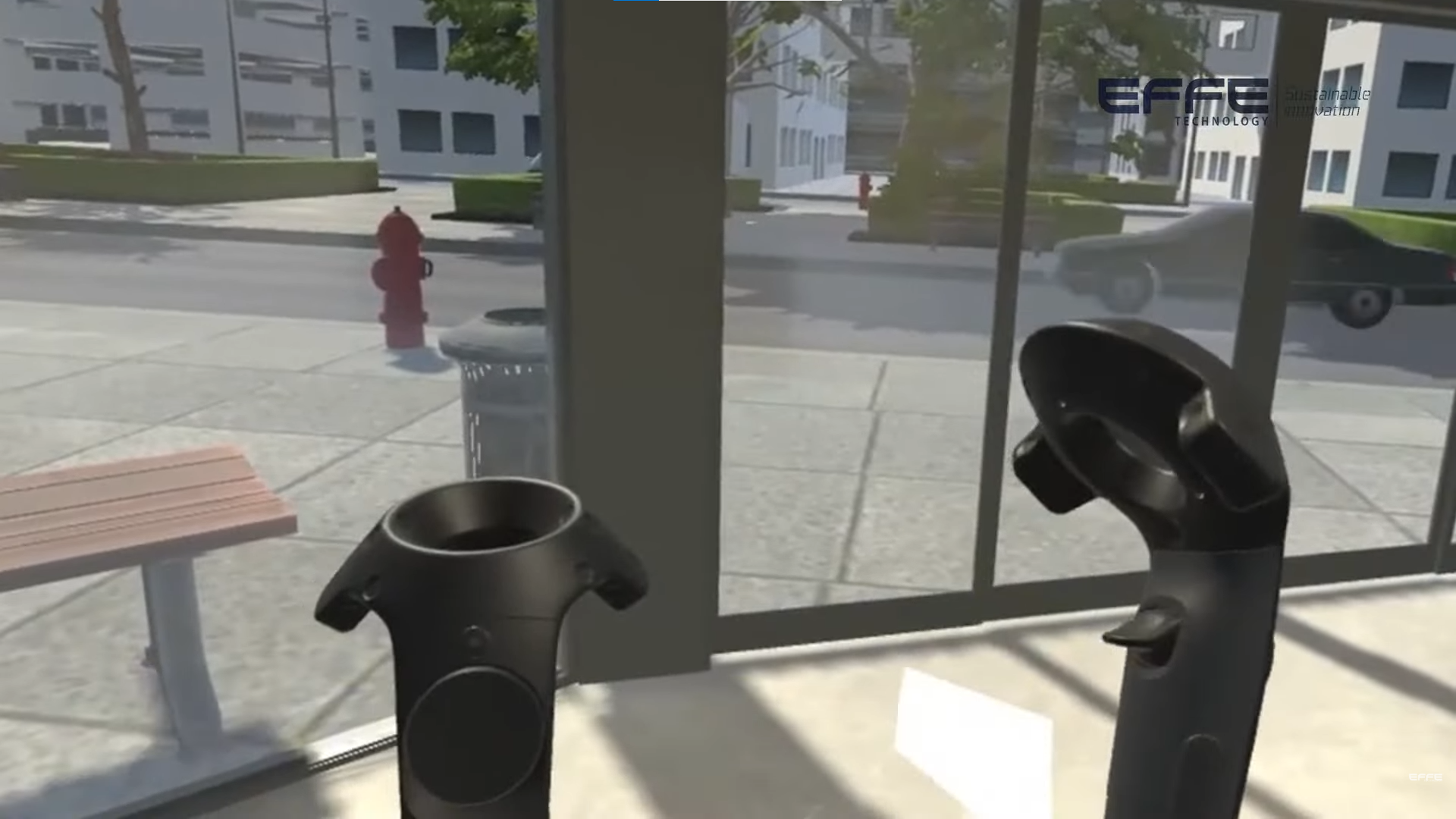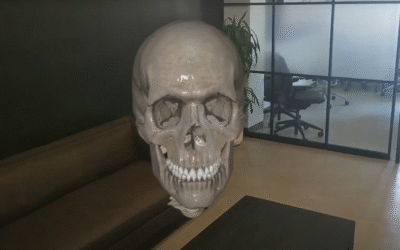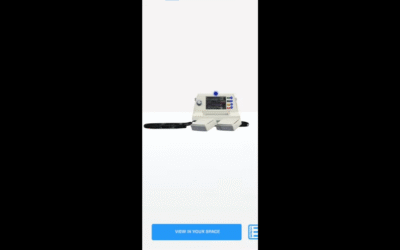Project Title:
Pneumothorax VR Medical Simulation – Web Application for Clinical Training
Description:
This project focuses on creating a high-fidelity VR medical simulation delivered through a web application for training healthcare professionals on pneumothorax diagnosis and emergency procedures. As a company that develops AR/VR web applications and app applications, we built this specific solution as an advanced VR-based web platform, enabling learners to access medical simulations from desktops and VR browsers. The goal was to strengthen clinical decision-making and provide safe, risk-free hands-on practice using immersive VR in healthcare.
Project Requirement:
The client, a healthcare training institute, needed a web-based VR simulation that replicates the complete pneumothorax treatment workflow. Their requirements included:
- A web-accessible VR environment compatible with VR browsers and standard desktop browsers.
- A realistic 3D patient representing pneumothorax symptoms.
- Interactive diagnostic tools such as vitals monitor, visual inspection, and auscultation interactions.
- A step-by-step procedural flow covering needle decompression and chest tube insertion.
- A scoring and evaluation system integrated into the web platform.
- Instructor login for monitoring student performance.
Since this project is specifically a web application, no standalone VR device app was required.
Project Planning:
Our planning began with clinical research and platform strategy. Key planning activities included:
- Medical Research: Understanding pneumothorax physiology and emergency protocols.
- Web VR Technology Stack: Deciding on WebXR & WebGL support for browser-based VR.
- User Journey Flow: Mapping the learning sequence from symptom identification to final treatment.
- 3D Asset Pipeline: Listing all human anatomy models, instruments, and environmental elements.
- Backend Planning: Defining dashboards, login systems, and assessment reporting.
- Development Roadmap: Pre-production → 3D asset creation → Web VR development → backend integration → testing → medical validation
Project Process & Execution:
- Pre-Production
Storyboards, screen flows, and procedural modules were created to outline the learner experience. Medical experts approved the training logic before development.
- 3D Modeling & Animation
- A realistic patient model was created to depict key pneumothorax symptoms such as asymmetrical chest movement and breathing difficulty.
- High-precision medical tools were modeled for needle decompression and chest tube insertion.
- Internal animations illustrated lung collapse and re-expansion during the procedure.

- Web VR Development
Using WebXR and a 3D engine such as Three.js/Unity WebGL, we built:
- Fully interactive tool handling.
- Logic-based real-time clinical decision-making.
- Step-by-step guided procedure flow.
- Multi-device compatibility (VR browser + desktop mode).
- A clean web UI for navigation, instructions, and feedback.
- Backend & Dashboard Development
Since this project was a web application, backend development was crucial. Features included:
- Instructor dashboard for tracking learner performance.
- User management, login, and role-based access.
- Session data storage and scoring insights.
- Automatic report generation.
- Testing & Validation
Multiple rounds of testing were conducted by medical trainers and web VR testers. Their feedback helped refine interactions, visuals, and browser performance.
Challenges & Learning:
One major challenge was optimizing VR experiences for browser environments—balancing visual fidelity with WebGL performance limits. We implemented texture compression, mesh optimization, and efficient loading strategies for smooth performance.
Another challenge was achieving accurate tool interactions within a web environment, which traditionally has more constraints than standalone VR apps.
A key learning was that VR in healthcare, when delivered through web applications, dramatically improves accessibility for institutes that lack dedicated VR hardware.
Client Deliverables:
The final deliverables included:
- Fully developed Pneumothorax Web-Based VR Simulation.
- Instructor dashboard with performance analytics.
- All 3D assets and WebXR/WebGL files.
- Deployment-ready web application package.
- User documentation and onboarding guide.
- Guided mode + assessment mode for learners.



